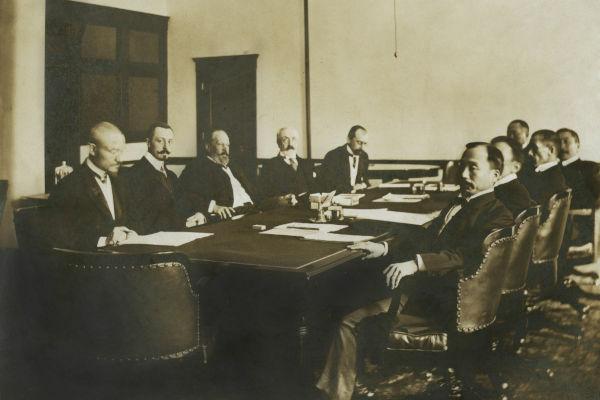The Northeast region of Brazil, in the 17th century, was the protagonist of a period of intense commercial activity, mainly involving sugar, as well as intense disputes and armed conflicts. This happened mainly because, from the 1630s onwards, the then Captaincy of Pernambuco was dominated by the Dutch, in the episode known as “Dutch Invasions”.
The Dutch settled here and in other colonies in Portugal, like those on the West Coast of Africa, because these places, at that time, they were under Spanish rule (Spain was the economic, political and religious rival of the Netherlands), given that it had occurred The Iberian Union (union of Portuguese and Spanish thrones) in 1580.
As the seat of the Captaincy of Pernambuco, the city of Recife, was on the seafront, the Dutch domains of Brazil could be easily challenged by other invaders or by maritime military maneuvers Spanish. One of the immediate measures the Dutch took was the creation of forts (military buildings fortified with stones and armed with cannons), such as the
Fort of Orange, also known as the Fort of Itamaracá, as it is located on the island of Itamaracá, Pernambuco.This Fort began to be built in 1631, a year after the Dutch had taken Recife. Who ordered the construction was the Dutch official Steyn Callenfels. The name “Orange” refers to the dynasty that ruled the Netherlands (Netherlands) at the time of the invasions. In addition to being an apt place for military strategies, the island of Itamaracá, where the Fort was built, was also decisive for the flow of goods that left Olinda and Recife.
Do not stop now... There's more after the advertising ;)
Fort Orange became the main point of defense and economic control of “Dutch Brazil”. After the expulsion of the Dutch through the Battles of the Guararapes (1648-49) and the capitulation of Campina de Taborda, in 1654, the Fort of Orange was taken over and used by Portuguese-Brazilian forces.
In the following centuries, the Fort became unusable and only started to arouse interest in the 20th century, due to archaeological research that studied the way in which the Dutch raised the walls (what type of technology was used) and the traces found, such as lead projectiles, statuettes carved in bone, pipe bowls, among others stuff.
By Me. Cláudio Fernandes
Would you like to reference this text in a school or academic work? Look:
FERNANDES, Claudio. "The Fort of Orange"; Brazil School. Available in: https://brasilescola.uol.com.br/guerras/o-forte-orange.htm. Accessed on June 28, 2021.

